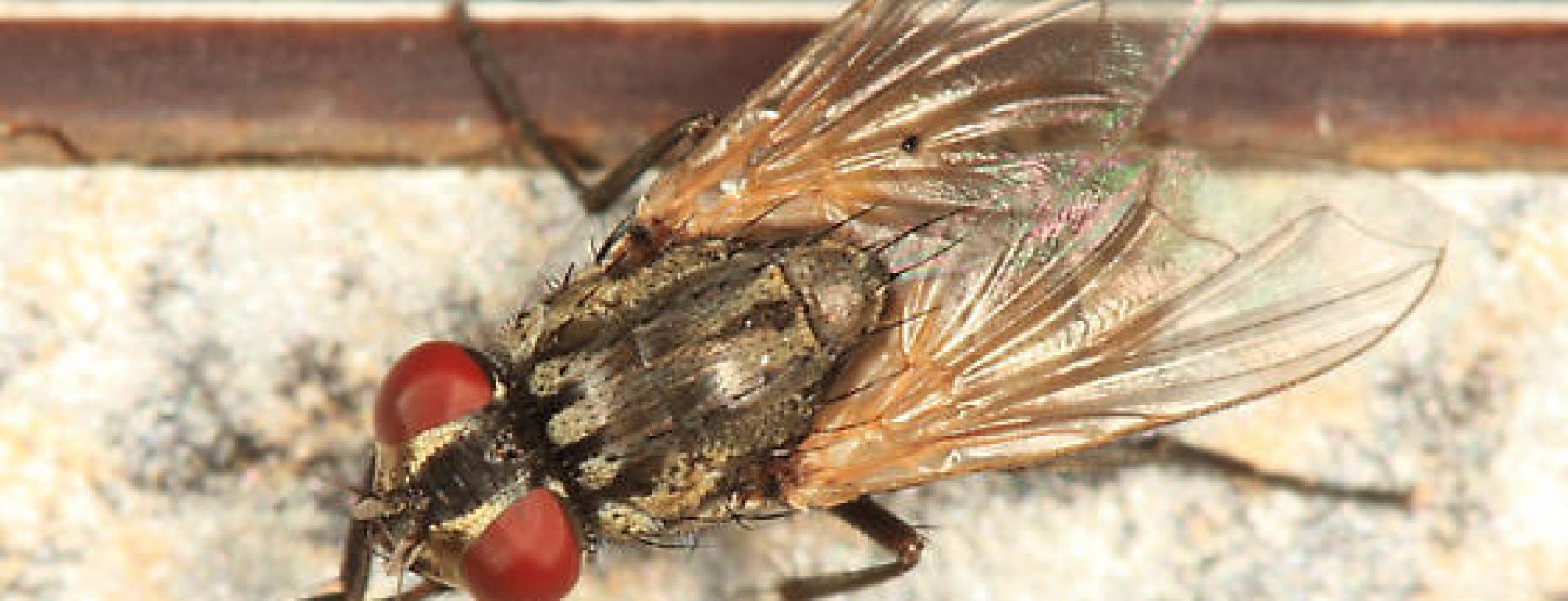Fungal biopesticides offer a promising alternative to traditional insect control strategies. However, effective deployment of these fungi required a thorough understanding of the factors that influence virulence in particular hosts. Although previous studies have investigated fungal metabolite production and in vitro fungal growth dynamics, few have attempted to measure the effect of in vivo growth dynamics on fungal virulence.
In this study, Penn State Professor of Entomology Matt Thomas and post-doctoral researcher Rob Anderson utilized quantitative PCR (qt-PCR) to quantify the growth kinetics of four different fungal isolates with various levels of virulence in house flies. He found differences in fungal DNA sequence counts not only between high and low-dose treatments but also between more and less virulent isolates. At higher doses, all of the isolates killed flies more quickly and produced higher numbers of fungal sequence copies in dead flies. More virulent isolates also produced higher numbers of DNA sequence copied in dead flies, suggesting that virulence depends on both exposure dose and intrinsic features of the fungal isolate. Despite these quantitative differences, all four isolates exhibited qualitatively similar growth dynamics. Detectable fungal DNA copy numbers decreased two days after exposure, rebounded two days later, then rapidly increased after the death of the host, suggesting that a conserved "sit and wait" strategy may be employed by multiple groups of entomopathogenic fungi.
Synopsis written by Becky Heinig.
Written By: Anderson RD, Bell AS, Blanford S, Paaijmans KP, & Thomas MB
Paper Url: http://www.sciencedirect.com/science/article/pii/S0022201111000681
Journal: 107: 179-184
Journal Reference: 107: 179-184
Paper Id: doi:10.1016/j.jip.2011.04.004
